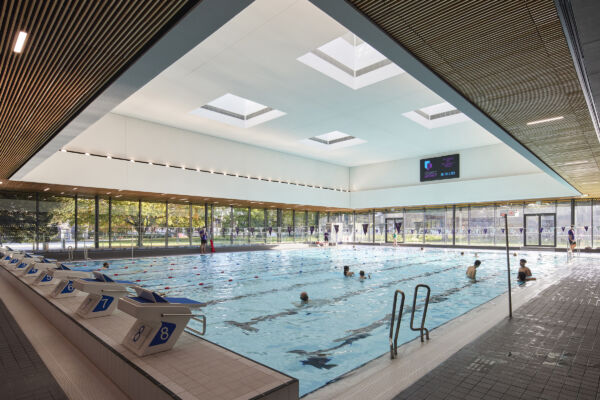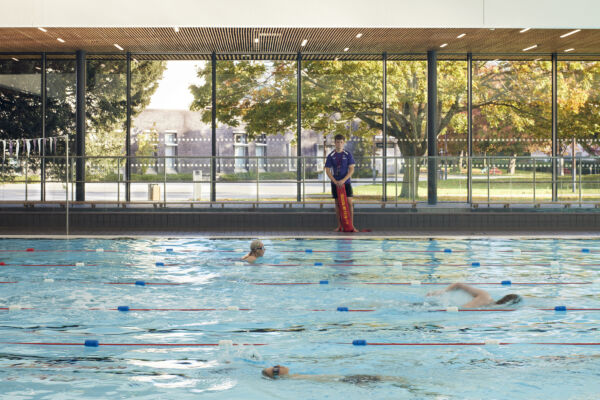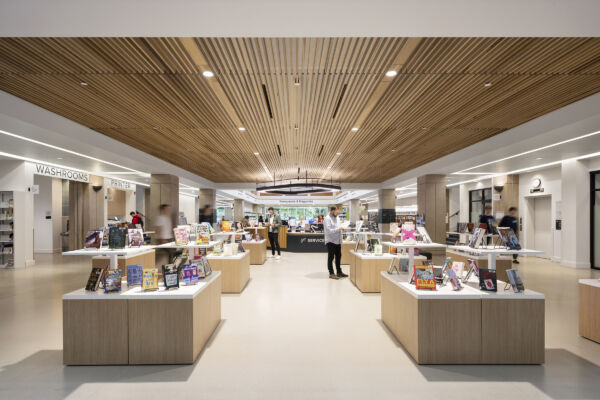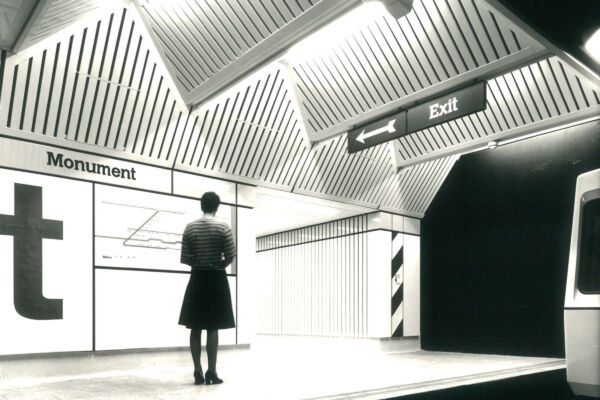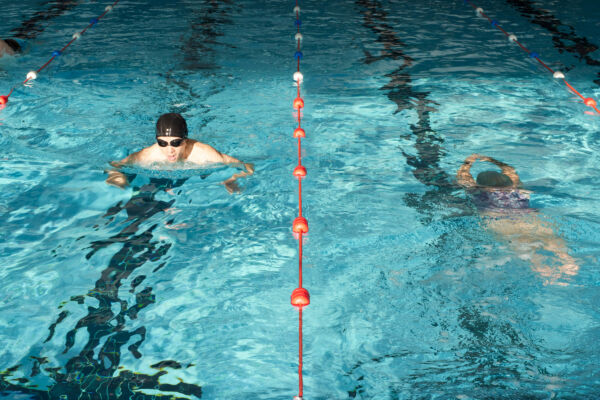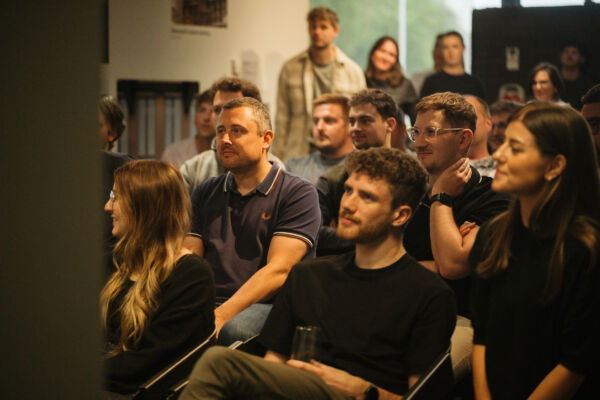The balance of effort and research, for most typologies, is largely swinging towards reducing upfront embodied carbon, as we approach diminishing returns on operational energy and see the benefits of a decarbonising grid. However, for notoriously high energy sports and leisure buildings, operational performance remains paramount.
The great challenge we have as an industry is the huge stock of existing facilities that are performing poorly in terms of energy, carbon and indeed their heritage value. A rough estimate suggests that there are twenty million tonnes of embodied carbon ‘banked’ in existing Local Authority leisure buildings. Many of these are of poor quality and, until there are further developments in the circular economy, much of this material will remain hard to ‘mine’ effectively for the foreseeable future.
Unlike some commercial or residential buildings, only a deep retrofit with a comprehensive upgrade to their envelopes, in tandem with remodelling of the internal environments, will get close to the long-term lifecycle carbon benefits of a new building based on current carbon coefficients.
There are however lessons we can take from history - a number of wonderful 19th century pools that have been lovingly restored. These include Warrender Baths in Edinburgh, Kentish Town Baths in London and Victoria Baths in Manchester. The cultural value of these is not to be underestimated to the communities they serve and indeed this aspect should play a key role in the carbon/cost/culture evaluation of any refurbishment or new-build project.
The mid to late twentieth century has perhaps been less kind to the pool typology, with many facilities failing to reach their 40th anniversary. Architectural quality (or perhaps lack of it) appears to be a significant factor in determining a building’s fate. At FaulknerBrowns, we have been designing award-winning sports and leisure buildings for over sixty years and indeed the Twentieth Century Society’s campaign to protect the finest historical pools cites five FaulknerBrowns buildings in its top ten; Bletchley Leisure Centre, Clickimin Leisure Centre, Doncaster Dome, Lightfoot Sports Centre and Perth Leisure Centre.







